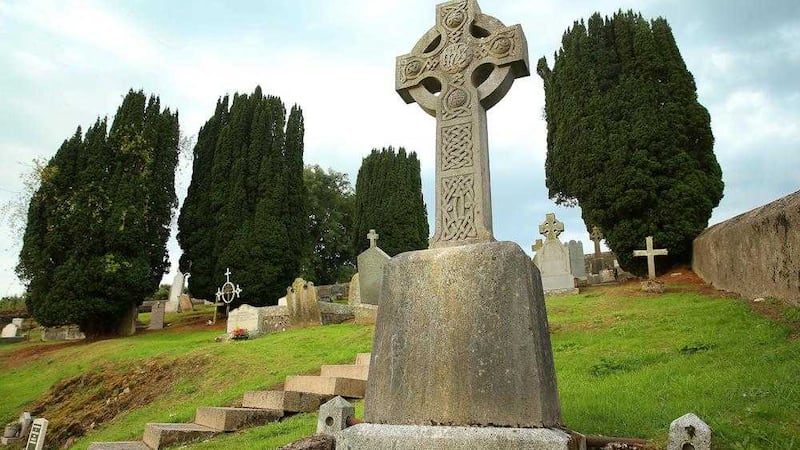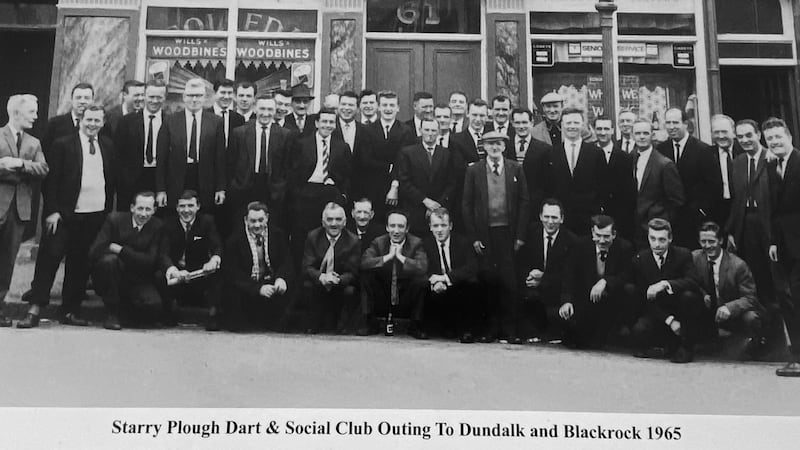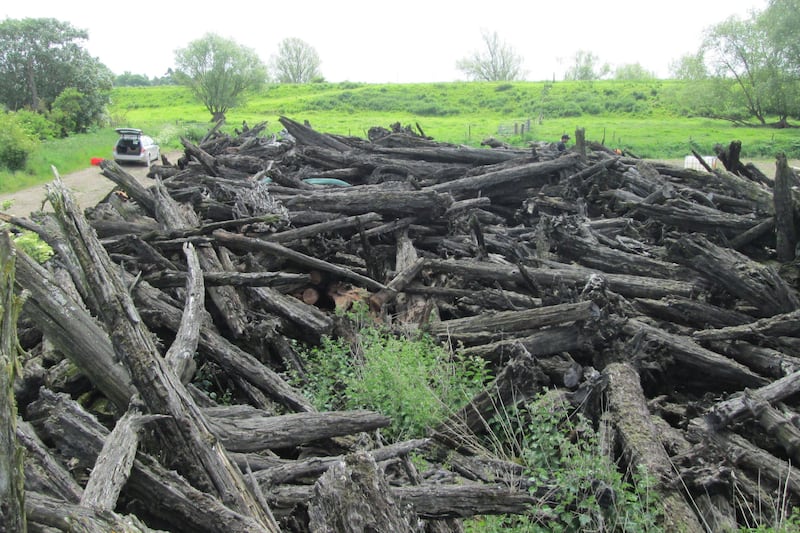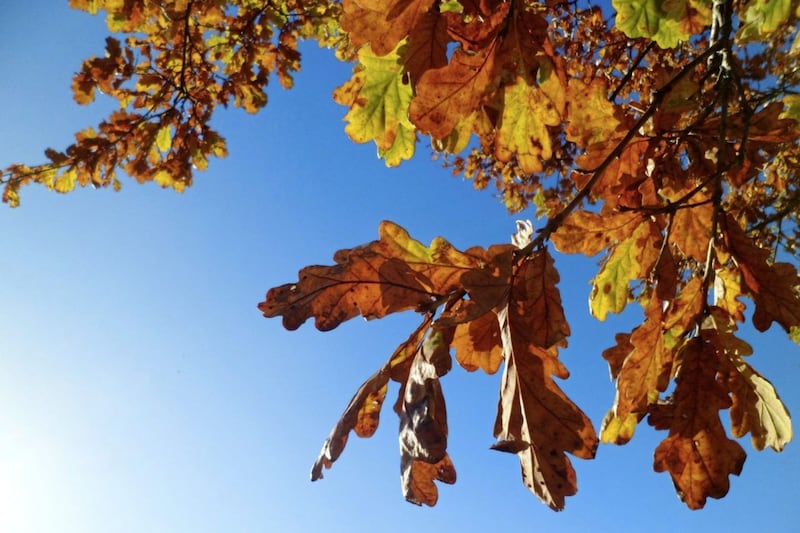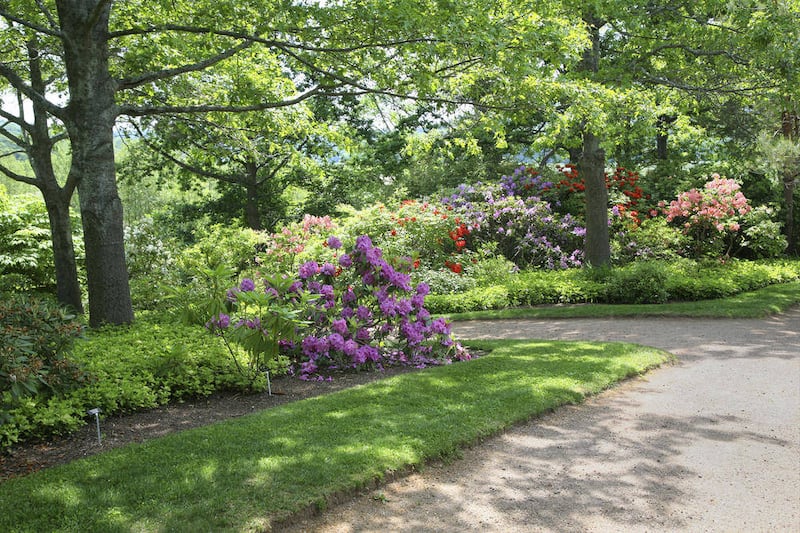ACCORDING to the poet Robert Graves, the yew is the “death tree in all European countries”.
Graves, best known for the I Claudius novels and whose grandfather was the Church of Ireland bishop of Limerick in the late 1800s, was steeped in European folk tradition and constructed a personal mythology based around tree lore in his enigmatic study of poetic myth, The White Goddess.
In it he writes: “In Ireland the yew tree was ‘the coffin of the vine’: wine barrels were made of yew staves.
“In the Irish romance of Naoise and Deirdre, yew stakes were driven through the corpses of these lovers to keep them apart; but the stakes sprouted and became trees whose tops eventually embraced over Armagh Cathedral.”
Yew leaves, berries and bark can be lethally poisonous and it is perhaps for this reason that the tree came to be associated with death.
They are often found in graveyards, beside churches and at pre-Christian religious sites, but despite their morbid symbolism they are the longest living species in Ireland.
A yew at Crom Castle in Co Fermanagh is thought to be Ireland’s most ancient tree at around 800 years old. The Silken Thomas yew at Maynooth in Co Kildare is believed to be around a similar age.
But both are mere babies compared to a yew at St Cynog’s Church near Swansea in Wales which it has been claimed is more than 5,000 years old.
Just outside Killarney in Co Kerry, a yew tree grows among the remains of Muckross Abbey – and in the nearby Muckross Park you can wander through a whole yew forest.
Returning there at the start of this month for the first time in several years, I revisited a former regular walk through dense woodland that includes an ancient oak forest and other deciduous trees.
By far the most memorable and eerie part of this forest is the yew wood in which a herd of diminutive sika deer, introduced from Japan 150 or so years ago, could be seen wandering.
As on previous occasions, I veered off the path and, as before, spent hours trying to find my way back out from the ominous woodland like the fool in a child’s fairytale.
The gnarled trunks of the yews with their contorted, drooping branches and needle-like leaves seemed to gather round and close in on me as I went deeper into the wood.
They grew among moss covered boulders and the ground was uneven and yielding, my foot catching between fallen branches and crevices in the forest floor.
Occasionally, I would catch sight of Muckross Lake and the backdrop of Torc Mountain and think I had got my bearings again only to end up back at exactly the same spot 20 minutes later.
In dreams, a forest often symbolises a temple where darker regions of the unconscious lurk, suppressed memories gather and unrealised parts of our personality are still gestating.
The shadowy yew forest in Kerry through which tendrils of morning mist floated had a phantasmagorical dream-like quality to it and when I eventually found my way back on to the path, it was like emerging from an out-of-body experience.
